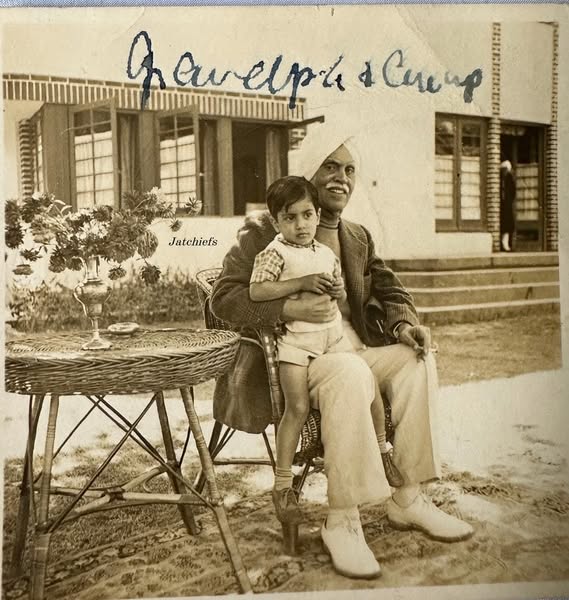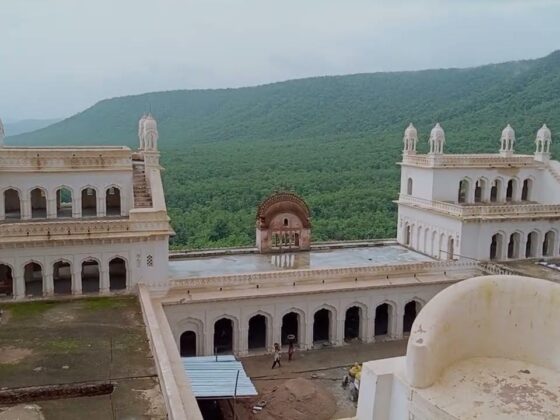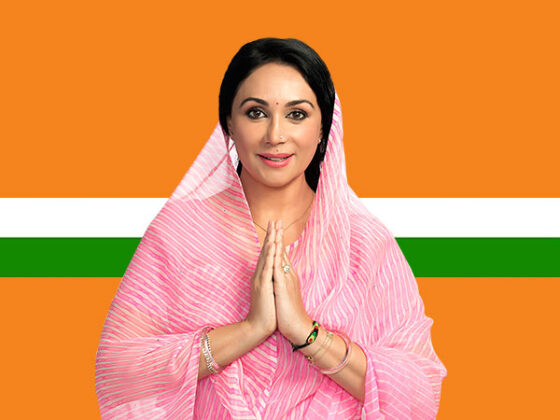The Legacy of HH Maharaja Shri Jagatjit Singh Bahadur

Introduction
HH Maharaja Shri Jagatjit Singh Bahadur was the last ruling Maharaja of Kapurthala, a princely state in pre-independent India. Known for his progressive vision and deep admiration for European culture, he played a pivotal role in transforming Kapurthala into a modern city with remarkable architectural marvels, diplomatic engagements, and cultural advancements. His reign was marked by an era of prosperity, development, and global recognition.
Early Life and Ascendancy
Born on November 24, 1872, Maharaja Jagatjit Singh belonged to the Ahluwalia dynasty. He ascended the throne of Kapurthala in 1877 at the tender age of five, following the demise of his father, Raja Kharak Singh. Due to his young age, a regency council governed the state until he came of age.
Educated under the supervision of British tutors, Jagatjit Singh developed a keen interest in European art, literature, and governance. His travels across Europe significantly influenced his outlook, shaping his administration and lifestyle.
Modernization of Kapurthala
Maharaja Jagatjit Singh was an ardent modernist and a great patron of architecture. His love for European aesthetics is evident in the majestic structures that still stand tall in Kapurthala today.
Jagatjit Palace
One of his most iconic contributions is the Jagatjit Palace, an architectural masterpiece inspired by the Palace of Versailles in France. Built in 1908, the palace showcases exquisite Indo-French design, intricate interiors, and stunning chandeliers, making it a symbol of Kapurthala’s royal grandeur.
Elysee Palace
Another noteworthy structure is the Elysee Palace, which reflects the influence of French Renaissance architecture. The Maharaja commissioned this grand building to house state offices and guest quarters.
Moorish Mosque
Maharaja Jagatjit Singh’s secular and inclusive mindset led to the construction of the Moorish Mosque, a stunning Islamic architectural marvel designed by a French architect. This mosque, built in 1930, remains a testament to his religious tolerance and appreciation for diverse cultures.
Educational and Social Reforms
Maharaja Jagatjit Singh Bahadur prioritized education and societal progress. He established several institutions, including:
- Jagatjit Singh High School – A premier institution aimed at providing quality education to the youth of Kapurthala.
- Raja Kharak Singh Hospital – A well-equipped healthcare facility to ensure better medical care for the people.
- State Library and Museum – A repository of valuable manuscripts, books, and artifacts that preserve the rich history of Kapurthala.
His contributions to female education and welfare were equally commendable. He encouraged women’s education and promoted social reforms to uplift marginalized communities.
Diplomatic Engagements and Global Recognition
Maharaja Jagatjit Singh was not only a ruler but also an esteemed diplomat. His extensive travels across Europe and America helped him build strong international relations. He represented India at the League of Nations in Geneva and was an advocate for India’s independence and sovereignty on global platforms.
He was a close acquaintance of European monarchs and maintained a cordial relationship with the British Crown. His international exposure played a crucial role in bringing modern governance principles to Kapurthala.
Cultural Patronage and Personal Life
A connoisseur of music, arts, and literature, Maharaja Jagatjit Singh actively promoted cultural endeavors in his state. He was fluent in multiple languages, including French, and had an extravagant lifestyle that mirrored European royalty.
His fondness for the French language and customs earned him the title of ‘The Francophile Maharaja.’ His personal collection included luxurious automobiles, vintage artifacts, and artistic masterpieces, making him one of the most sophisticated rulers of his time.
He had six wives, with Maharani Prem Kaur Sahiba being one of the most prominent. His royal lineage continued through his descendants, who upheld his legacy in various capacities.
End of an Era and Legacy
After India’s independence in 1947, Kapurthala merged with the Indian Union. Maharaja Jagatjit Singh formally relinquished his ruling powers but retained his honorary status until his passing on June 19, 1949.
His contributions to the modernization of Kapurthala, his efforts in diplomacy, and his passion for cultural integration continue to inspire historians and admirers of royal heritage. Many of the grand structures he built are now heritage sites, drawing visitors from around the world.
Conclusion
HH Maharaja Shri Jagatjit Singh Bahadur was more than just a ruler; he was a visionary who blended tradition with modernity, making Kapurthala a distinguished princely state. His influence on architecture, education, diplomacy, and cultural affairs cemented his place in history as one of the most illustrious kings of pre-independent India. Today, his legacy lives on in the palaces, monuments, and institutions that bear testimony to his remarkable reign.








